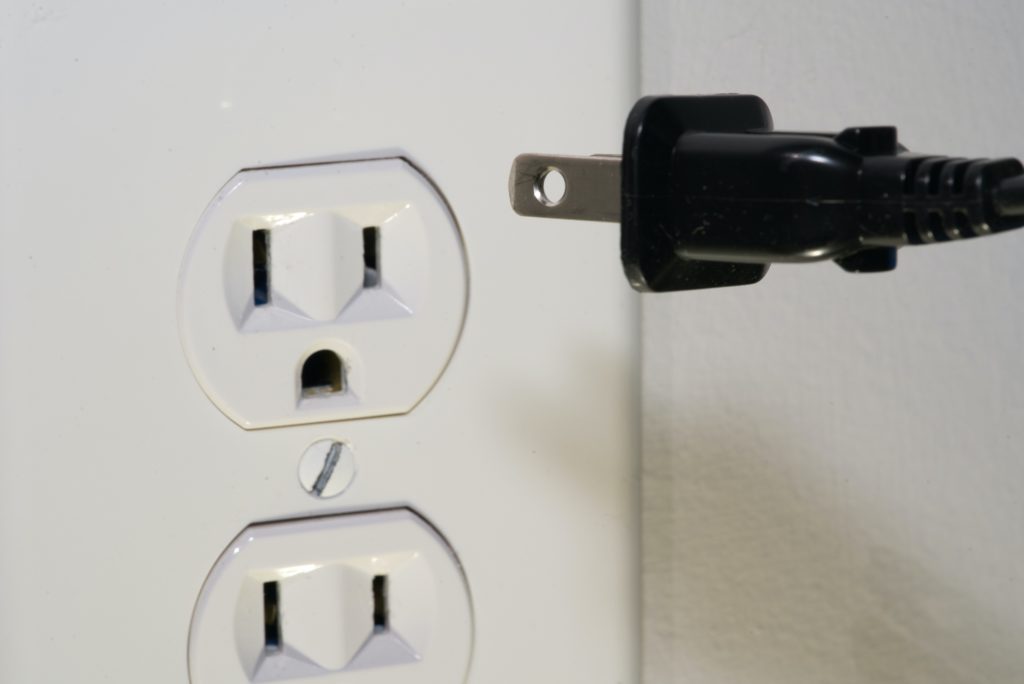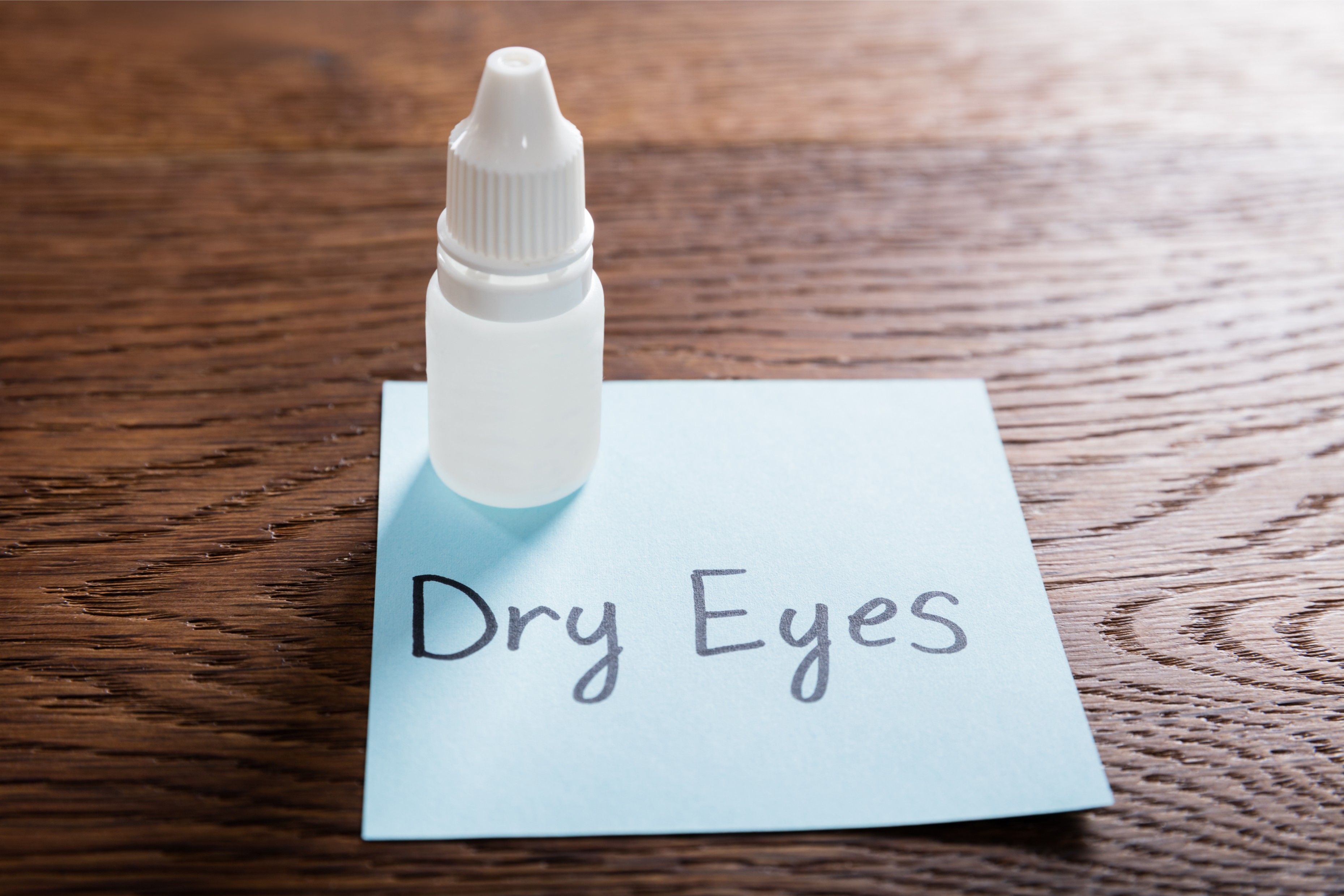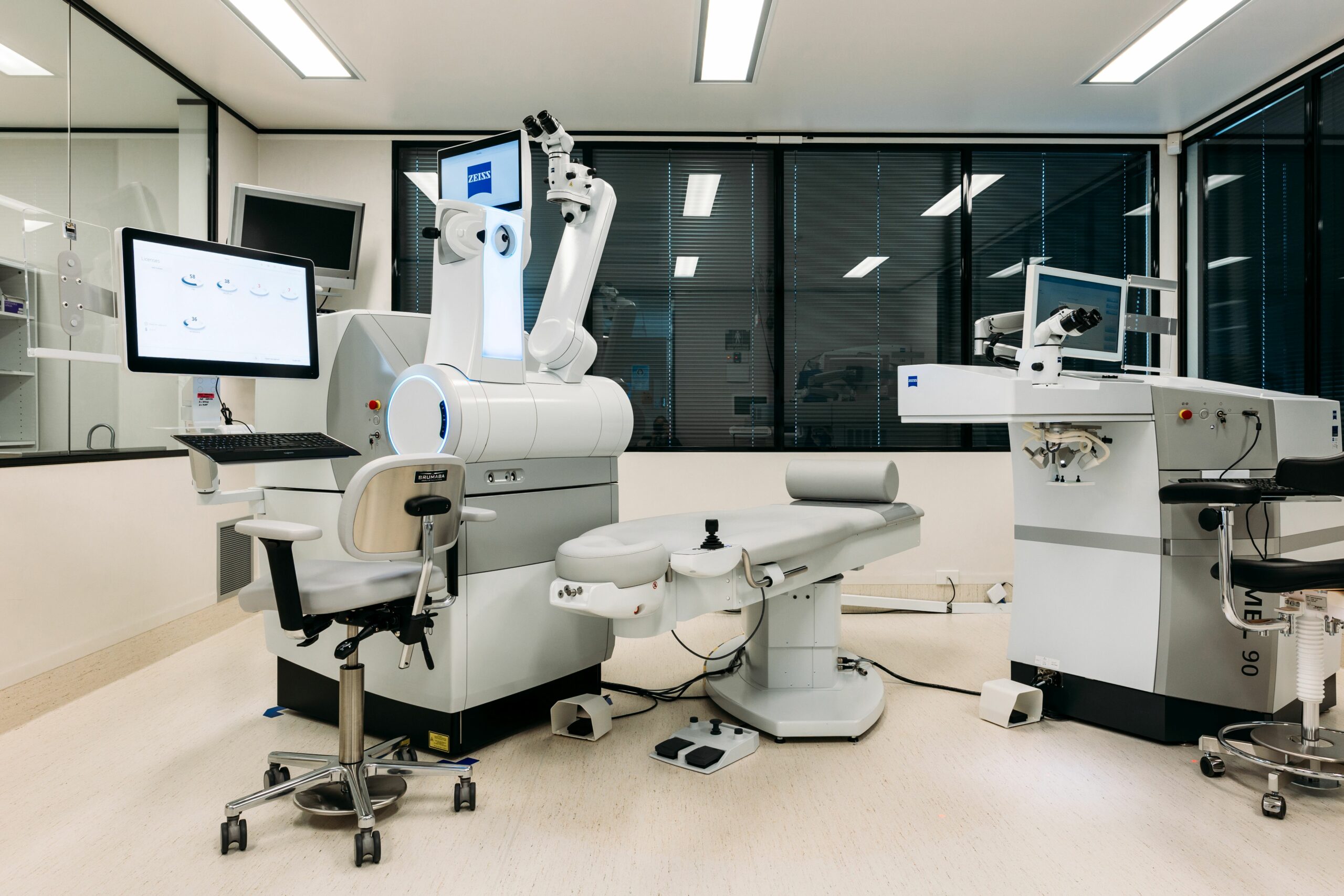
Wellington Eye Centre Optometrist
Punctal Plugs are small plastic tubes that can be inserted into the puncta of the upper or lower eyelid. The puncta are the small openings you can see on the eyelids, found in the inner corner of your eyes. Individually called the Upper Punctum and Lower Punctum. It is more common to have just your lower puncta plugged. Eye care professionals use these plugs to reduce symptoms of dry eye disease for their patients.
The Puncta are part of the Nasolacrimal System
The nasolacrimal system serves to help tears flow from the outside surfaces of the eye to the nasal cavity. The nasolacrimal system consists of the puncta, canaliculi, lacrimal sac, and nasolacrimal duct. Check out this video of the nasolacrimal system
What are Punctal Plugs for?
By plugging one or both of the puncta you can slow the outflow of tears, helping keep more tears on the surface of the eye. Punctal Plugs are commonly used to reduce the effects of dry eye disease.
Types of Punctal Plugs
- Temporary Dissolvable Plug,
- Permanent Traditional Plug,
- Permanent Form Fit Canalicular Plug
Some people may only need the punctal plugs for a short period of time, perhaps while they recover from surgery or trauma to the eye. Some people may require punctal plugs for longer, more permanent periods of time. To ensure that plugs will have the desired effect, you will usually be given temporary plugs first. Then once you have trialed the temporary plugs, you may be suitable for permanent plugs.
Your eye care professional will go over the types of punctal plugs that might suit you.
Temporary Plugs
These are made out of collagen and are designed to dissolve after a few days to months.
Different brands and designs will last different amounts of times. The ones we use most frequently here at the Wellington Eye Centre last less than three months. Some people notice that the benefits of the plugs start to wear off around 2-3 weeks, but it varies from individual to individual.
Temporary plugs come in different diameters, as small as 0.2mm in diameter up to 0.5mm in diameter. They are around 2mm in length.
Temporary plugs are very useful as they are easy for the clinician to insert, they cause little to no irritation as they go in, or when they are sitting in your puncta. There is no need to remove them, as they dissolve with time.
Temporary plugs might cost you anything from $30 a pair to $150 for a pair. They come in a sterile pack, usually containing two plugs.
Permanent Plugs
These are designed to last for longer periods of time. They do not dissolve.
There is a huge range of sizes, shapes and materials. To alter the drainage of the tears by varying amounts different designs have been created. Some let most of the tears through, some let only a small percentage of the tears through. Some designs are easier to remove than others.
Permanent plugs might cost you anything from $75 to $150 for a single plug. They usually come in a sterile pack, containing just one plug, and the plug comes with its own single use applicator.
Traditional Permanent Plugs
These plugs are made out of biocompatible silicone or acrylic. These plugs often have a ‘collarette’ or a ‘hat’ at the outer end. This cap sits on the surface of the eyelid. The patient can feel this cap, but most people stop being aware of them after a few days.
These plugs have a wider flange or skirt at the inner end. To fit this into the puncta can be a bit irritating. But the designers try to use softer, more flexible silicone to improve patient comfort.
Because this outer end is resting on the eyelid, your Ophthalmologist can remove the plug, using sterile tweezers or forceps. There is also a higher chance of it falling out of the puncta, into the eye, but very little chance of it sinking lower into the nasolacrimal duct.
Permanent Form Fit Canalicular Plugs
These plugs are made out of a hydrogel material, which is a soft jelly like substance. Once the plug is inserted into the puncta, it travels to the canaliculus. After about 10 minutes it starts to expand to fill the cavity. This way the plug moulds to the shape of your canaliculum making you less likely to feel it and creating a more complete blockage of the nasolacrimal system.
These plugs can’t be removed with surgical tweezers or forceps as they are too deep in the duct, and are too firmly in position. To remove form fit canalicular plugs your Ophthalmologist needs to flush the plugs out with sterile saline.
These plugs come in just the one size, 0.3mm, as they expand to fit everyone.

Inserting punctal plugs
If your eye care professional recommends punctal plugs, they will then assess your puncta to see what sized plugs you might need.
You will then have a local anaesthetic eye drop instilled in each eye. This helps reduce your desire to blink during the procedure and to minimise the irritation. This anaesthetic won’t stop you feeling the plug being inserted.
Occasionally your puncta will need to be widened a little before the plugs are put in. In many types of dry eye the puncta naturally becomes narrowed or swollen. To widen a puncta a very thin smooth ended rod is placed in the opening of the puncta and gently twirled. This doesn’t hurt at all and is called ‘dilating’.
Inserting plugs is quite simple, and it usually takes just a few minutes. The plugs may be handled using sterile forceps or tweezers, or possibly they will come already attached to their own disposable applicator. Your eye care professional will usually do this procedure in the exam chair.
Some people find the procedure slightly uncomfortable, but not painful. Once inserted most people cannot feel the plugs at all.
Side Effects of Punctal Plugs
There are very few negative side effects of having punctal plugs.
The most common side effect is a slight awareness or irritation in the corner of the eye after first having them inserted. This effect wears off as the eye becomes used to the presence of the plugs. This effect is unlikely to occur with temporary plugs.
Occasionally the plugs are too effective, and the tears will start to flow over the eyelid, causing a watery eye. Sometimes the plug doesn’t sit properly, and if it sticks out a bit too much it will feel scratchy and irritating, especially on blinking. In both these cases removal of the plugs is recommended.
An even less common side effect is when the plug causes inflammation of the tear duct and surrounding areas. This might be related to an infection, allergic reaction to the plugs or a mechanical irritation. Any prolonged inflammation or discomfort requires assessment by your health care professional and then removal of the plugs.
If you have any other questions or wish to book a consultation, get in touch with the team at Wellington Eye Centre. You can call us on 0800 733 327 or complete the contact form below.

Festive Season and Your Eyes

Vitamins For Good Eye Health and Vision

Help my eyelid is twitching!

Do you need to have eye exams after laser eye surgery?

Restasis Eye Drops for the Treatment of Dry Eyes

Meet The Team at the Wellington Eye Centre

Festive Season and Your Eyes

Naumi Studio Hotel Wellington

What to Expect on The Day of Surgery

